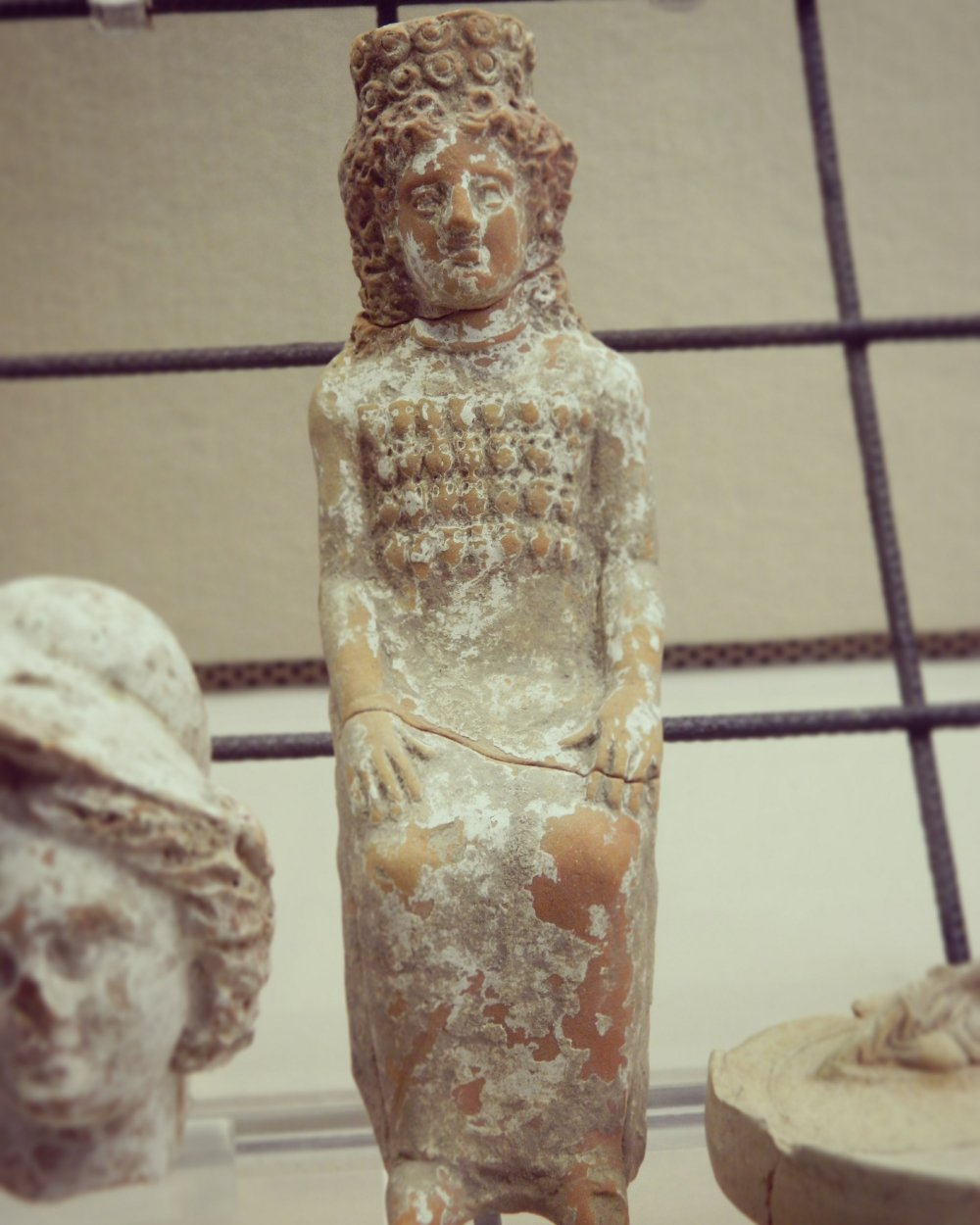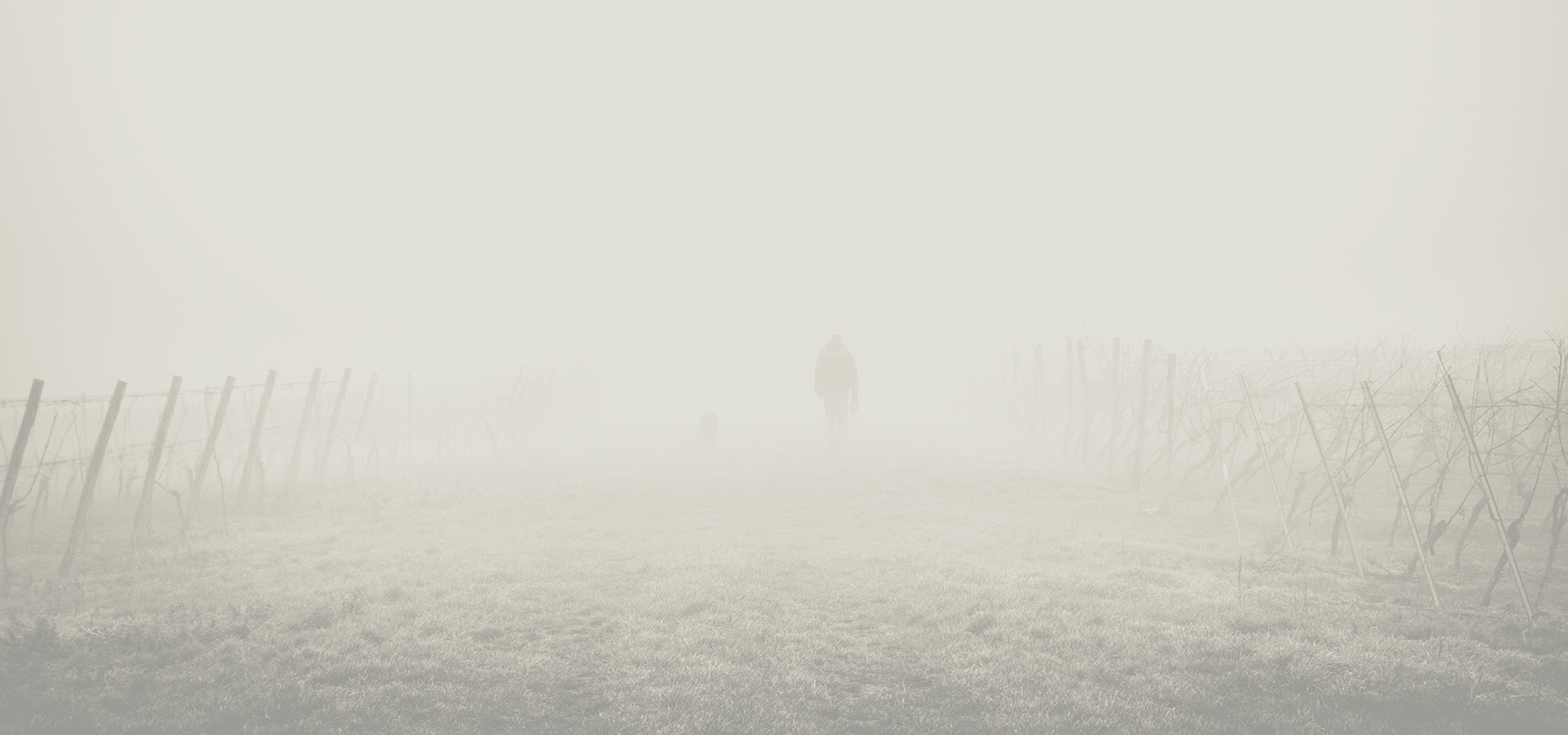
Artemis, the goddess of the hunt, wild animals, wilderness, childbirth, virginity and the moon, was represented differently according to the locality of her cult. This terracotta statuette from the 4th century B.C.E., was found in the Acradina quarter of Siracusa in 1967; however, its representation of the divinity is more akin to the Ephesian Artemis (The mother goddess worshipped at Ephesus in modern-day Turkey) than the youthful, vigorous archer we are accustomed to seeing in Siracusa, where the Fontana di Diana (Diana is the Roman equivalent of Artemis.) takes center stage in the Piazza Archimede (See https://experiencesicily.com/2017/05/08/ortigias-diana-fountain/ for more details about the fountain.). To me, this statuette, which is on display at the archeological Museo Orsi in Siracusa and depicts Artemis sitting with rose pendants on her polos (crown), is similar to the well-known Artemis statue found at Ephesus because she possesses a decorated breastplate—in this case with acorns, grapes, eggs, or similar—representing the balance of natural life forces. I find it fascinating to see the distance that this iconography traveled across the Mediterranean, from east to west.
Author: Was found in the Acradina quarter of Siracusa in 1967 | Date: 4th century B.C.E

